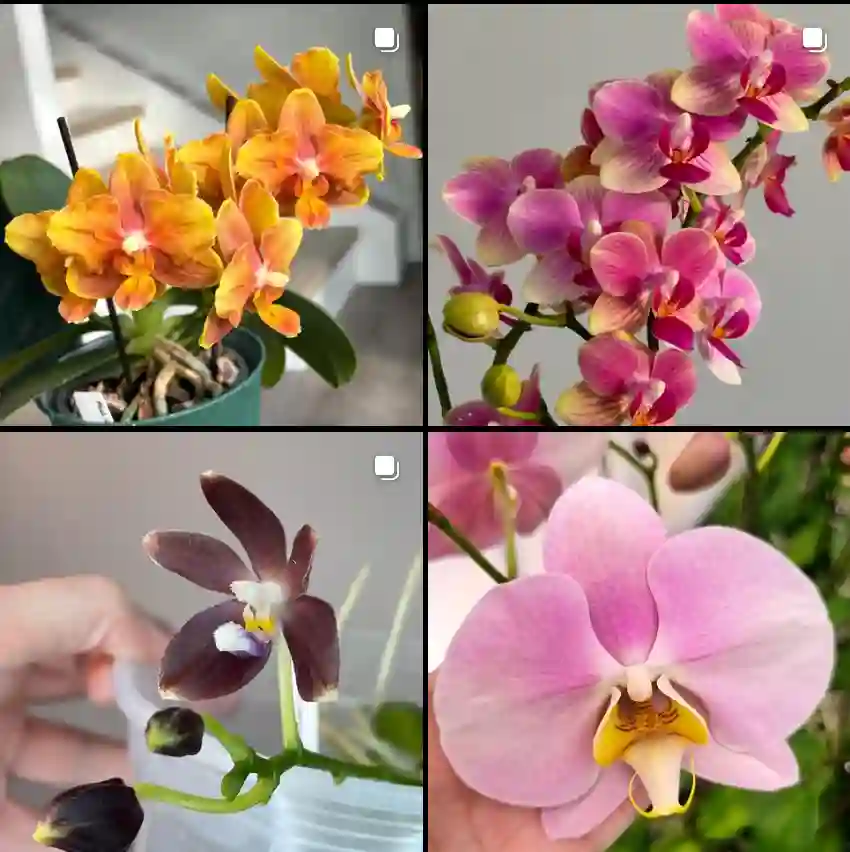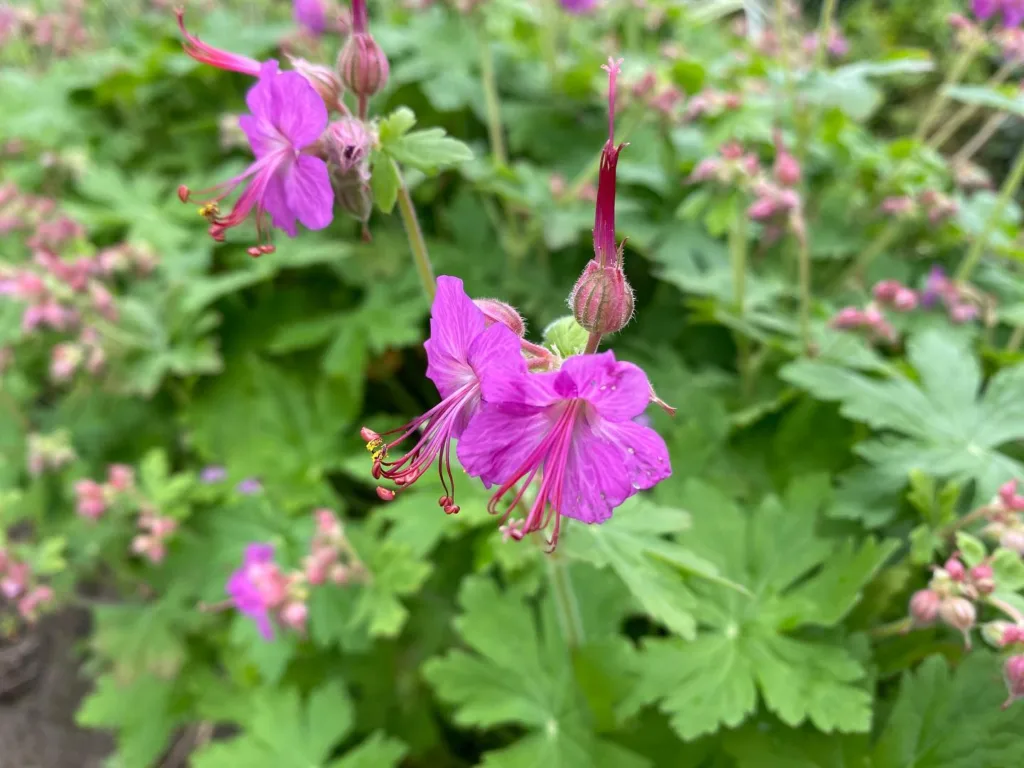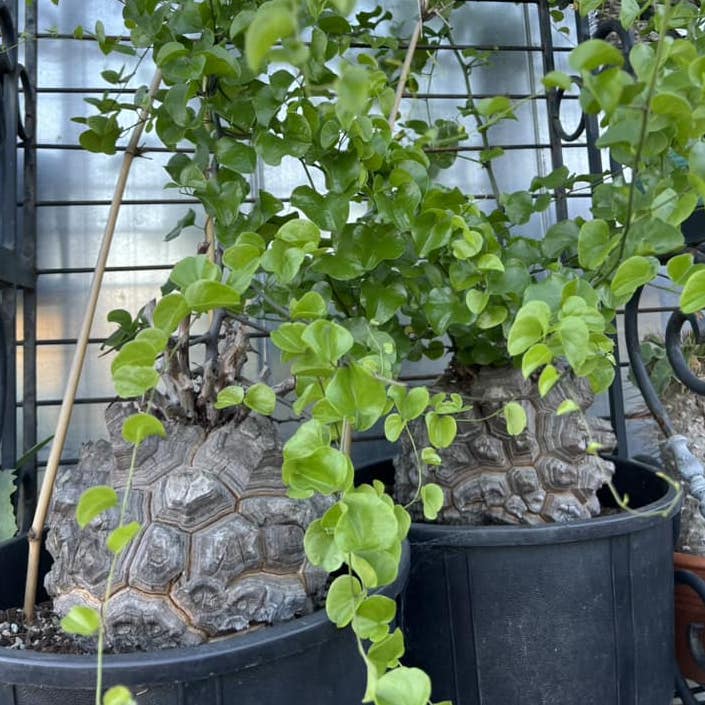Discovering the Unique Genus Jeffersonia: Jeffersonia diphylla
Jeffersonia is a fascinating yet often overlooked genus of flowering plants. Named in honor of Thomas Jefferson, this small genus boasts only species Jeffersonia diphylla. Its unique form and delicate beauty draw in native plant enthusiasts and gardeners who appreciate understated elegance. My experience growing and studying Jeffersonia diphylla, or Twinleaf, has given me a deep respect for its ecological role and its unique characteristics.
A Brief Overview of Jeffersonia
The genus Jeffersonia is part of the family Berberidaceae, which also includes other hardy woodland plants. This genus is native to eastern North America and Asia, with Jeffersonia diphylla being North American and Jeffersonia dubia, its lesser-known counterpart, native to Asia. These plants thrive in shaded woodland environments with rich, well-drained soil and can be ideal additions to shade gardens.
One of the most striking aspects of Jeffersonia diphylla is its short bloom period, typically lasting only a day or two in early spring. But what the plant lacks in extended bloom time, it makes up for in charm. Twinleaf’s ephemeral nature and distinct foliage have made it one of my favorite woodland plants to grow. The flowers and leaves have an almost mystical quality, appearing each spring as one of the earliest signs of new life in the garden.
Jeffersonia diphylla: An American Native Treasure
Unique Botanical Features
Jeffersonia diphylla is commonly called Twinleaf due to its unique, twin-lobed leaves that resemble a pair of butterfly wings. Each leaf is split into two equal halves, creating a mirror image that gives the plant its signature look. In early spring, small, delicate white flowers emerge, often before the foliage fully unfurls. Each blossom has eight petals, giving it a symmetrical, star-like shape that is quite eye-catching, albeit brief.
When I first encountered Twinleaf, I was struck by how simple yet intricate its features were. The plant’s foliage has a rich green tone that provides texture in shaded garden beds, even long after the flowers have faded. Twinleaf’s foliage stays attractive throughout the growing season, adding interest to the understory.
Growing Jeffersonia diphylla in the Garden
Jeffersonia diphylla has particular requirements but is rewarding to grow. Twinleaf thrives best in partial to full shade with a preference for soil that is moist, rich in organic matter, and well-draining. The plant is hardy, surviving temperatures as low as USDA zone 4, which makes it adaptable to various North American climates.
In my experience, keeping the soil evenly moist is crucial for success with Twinleaf. It’s a plant that rewards consistent care rather than neglect. Mulching around the base helps retain moisture and keeps roots cool, mimicking the conditions of its native woodland habitat. When grown under the right conditions, Jeffersonia diphylla establishes well and can slowly spread, creating a small but impressive ground cover over time.
The Brief Blooming Period and Its Appeal
One of the fascinating aspects of Jeffersonia diphylla is its short blooming period. The flowers, while small, are delicately beautiful and appear almost suddenly. This fleeting display typically lasts only a day or two, lending an ephemeral quality that adds to Twinleaf’s charm. I’ve found this brief bloom period makes each sighting feel special, like a rare gift from the garden.
While some might be put off by the plant’s short-lived flowers, I find the transitory nature of Jeffersonia diphylla intriguing. Its flowers mark the beginning of spring in a quiet, understated way, offering a welcome contrast to the more extravagant blooms that arrive later in the season.
The Ecological Importance of Jeffersonia diphylla
A Valuable Native for Pollinators
Jeffersonia diphylla plays an important role in its native habitat. Though it doesn’t produce nectar, the flowers attract early spring pollinators, particularly small bees. The plant’s pollen serves as an early-season food source when few other flowers are available. I’ve observed bees diligently collecting pollen from Twinleaf flowers in my garden, even if just for that single day, which underscores the plant’s ecological value.
Role in Woodland Restoration
In addition to supporting pollinators, Jeffersonia diphylla is valuable for woodland restoration. Its preference for shaded, nutrient-rich environments allows it to thrive in forested areas where it helps stabilize the soil and contributes to biodiversity. Using Jeffersonia diphylla in woodland restoration projects can help re-establish native plant communities and improve overall ecosystem health. Seeing the plant in a natural setting always reminds me of its potential beyond the garden—its contribution to sustaining native woodlands.
Propagation and Conservation
Challenges in Propagation
Propagating Jeffersonia diphylla can be challenging due to its slow growth and specific seed requirements. Seeds need to be planted soon after ripening, as they have a short viability period. They also require a stratification period—a period of cold exposure to break dormancy. Alternatively, propagation can be done by dividing mature plants, though this process is slow, and Twinleaf may take years to form a sizable clump.
Despite these challenges, I’ve found it worth the effort. The careful propagation of Jeffersonia diphylla helps preserve this unique plant and makes it accessible to more gardeners who can appreciate its beauty and ecological significance.
Conservation Efforts for Native Jeffersonia diphylla
With habitat loss affecting native plants, conserving Jeffersonia diphylla in its natural range has become a priority. Overharvesting and forest clearance have put some native populations at risk. Supporting efforts to conserve Twinleaf involves both cultivating it in home gardens and supporting woodland preservation initiatives. Personally, I feel that every gardener who plants native species like Twinleaf contributes to maintaining our shared natural heritage.
Final Thoughts on Jeffersonia diphylla
Jeffersonia diphylla holds a special place in my heart as a gardener. Its quiet, transient beauty, unique foliage, and ecological contributions make it a plant worthy of appreciation. Twinleaf is a reminder of the subtler side of nature—a plant that doesn’t demand attention but rewards those who take the time to notice.
Cultivating Jeffersonia diphylla offers a sense of connection to North America’s woodland ecosystems and a way to support local biodiversity in our own gardens. For anyone interested in native plants or woodland gardening, Twinleaf is an excellent choice, offering a chance to bring a piece of North American heritage into the landscape.
If i die, water my plants!



